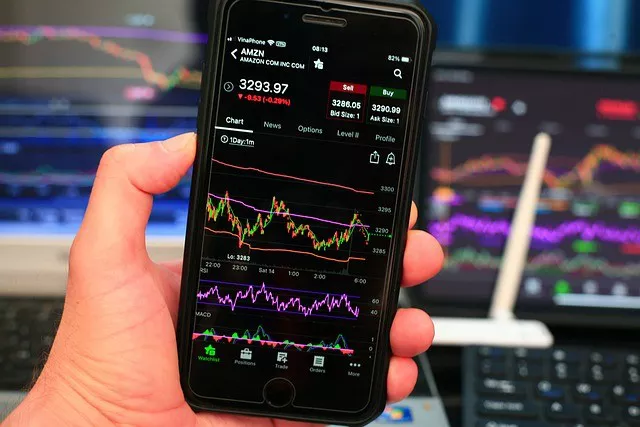At the recent London Platinum Week in the British capital, one topic that dominated the chatter among precious metals deals and miners at the event was how gold has outperformed silver, platinum and palladium this year.
In early May, the price of gold reached an all-time high of US$2,081 an ounce, a spike of 14.8 per cent since the turn of the year. This was caused by large purchases by global central banks that are worried about the uncertainties in the banking sector, an economic slowdown and the prospect of lower interest rates.
Since that peak, however, gold has slipped below the US$2,000 threshold to US$1,984, extending a recent string of losses for the precious yellow metal amid ongoing concerns over the impasse in the US on raising the country’s debt limit.
Even so, the price of gold has outpaced silver, platinum and palladium by a sizeable percentage.
Silver peaked at US$26.12 an ounce at the start of May, up 7 per cent since Jan 1. But it has since fallen slightly to US$23.75 – well below its 2021 high of US$33 an ounce and 52 per cent below the record of US$49.45 recorded back in 1980.
As things stand, silver is now a mere 12 per cent of gold’s value despite its popularity among jewellers and its increased use in solar panels and all sorts of medical devices.
The price of platinum, meanwhile, has only gone up by 4 per cent since January to US$1,135 an ounce earlier this month. It is currently going for US$1,074 an ounce, well below its peak of US$1,887 in 2011. Until recently, platinum – widely regarded as a scarce metal – traded at a premium over gold prices.
Palladium prices went as high as US$3,339 an ounce last year after Russia – which accounts for about 40 per cent of the world’s palladium mine production – invaded Ukraine. Widespread volatility towards the end of 2022 sent prices down sharply by 50 per cent, and it is currently trading at around US$1,491 – or about 25 per cent cheaper than gold.
Within the precious metals community, it’s become almost a cliche to blame the sorry performance of silver, platinum and palladium – all of which have wide industrial uses – on an economic slowdown or a looming recession.
Economists say these metals are the most vulnerable in the US and Europe, although slow growth in China and the rest of Asia will also crimp demand and lead to price falls later this year.
Jeffrey Christian, the chief executive officer of New York-based independent commodity consulting firm CPM, predicts that silver will follow gold and begin to rise sharply towards the end of 2023 and remain buoyant in 2024.
He believes that the growing global demand for solar power means that silver will stay bullish in the medium and long term.
Christian, however, gave some views on why silver tends to not perform as well as gold. The chief reason is that there is “more than sufficient supply” of silver today, with persistent annual surpluses from mines in the last 16 years.
These surpluses have added to an estimated global silver stockpile of around 5.6 billion ounces, including 2.3 billion ounces of silver coins, according to estimates by CPM.
Many precious metals investors tend to prefer gold because it is a more liquid market, with central banks and fund managers usually more keen to take a longer term view and hold on to the metal for much lengthier periods, regardless of the price, said Christian.
“Since silver has several industrial uses, economic distress dents demand to a greater extent than gold and that factor also weighs on the price,” he said, adding that investors generally only divert their attention to silver when gold prices rise strongly.


